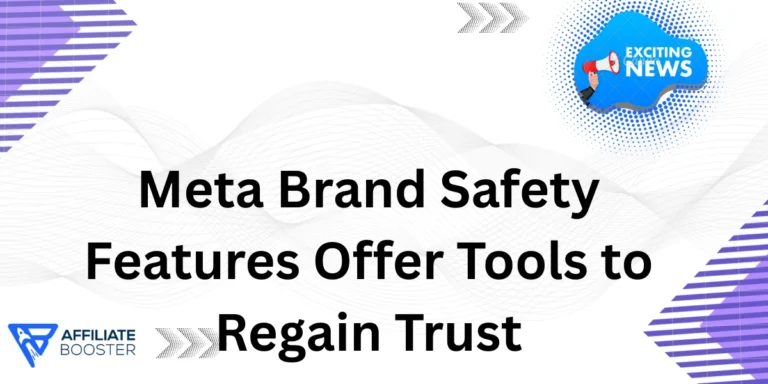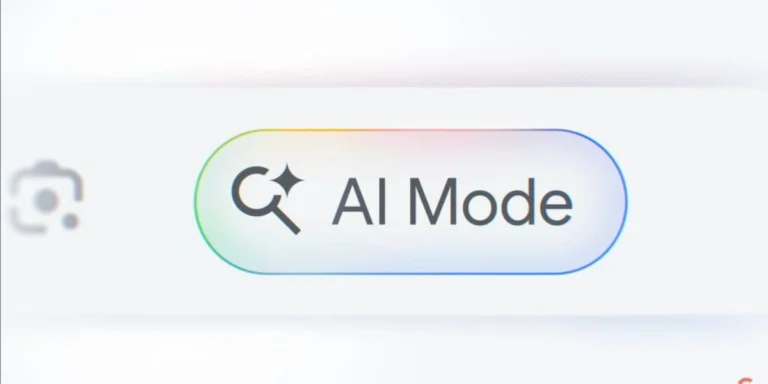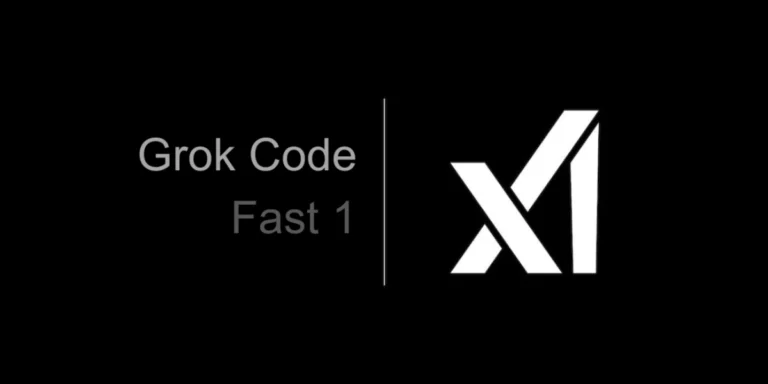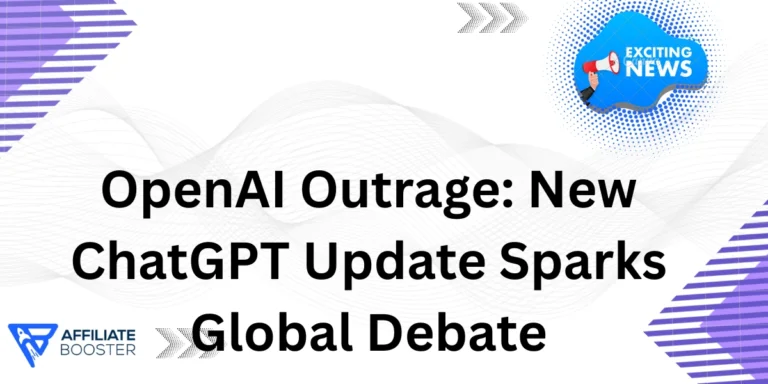Artificial Intelligence (AI) is transforming how we work and learn. A groundbreaking study by OpenAI and Harvard economist David Deming, analysing 1.5 million ChatGPT conversations, reveals how AI in workplace is becoming a game-changer. With 700 million weekly users, ChatGPT is not just a tool but a digital advisor. This report highlights practical uses, global adoption, and surprising cognitive effects, signalling a new era of work and learning.
AI in Workplace: What ChatGPT Reveals About Work and Learning
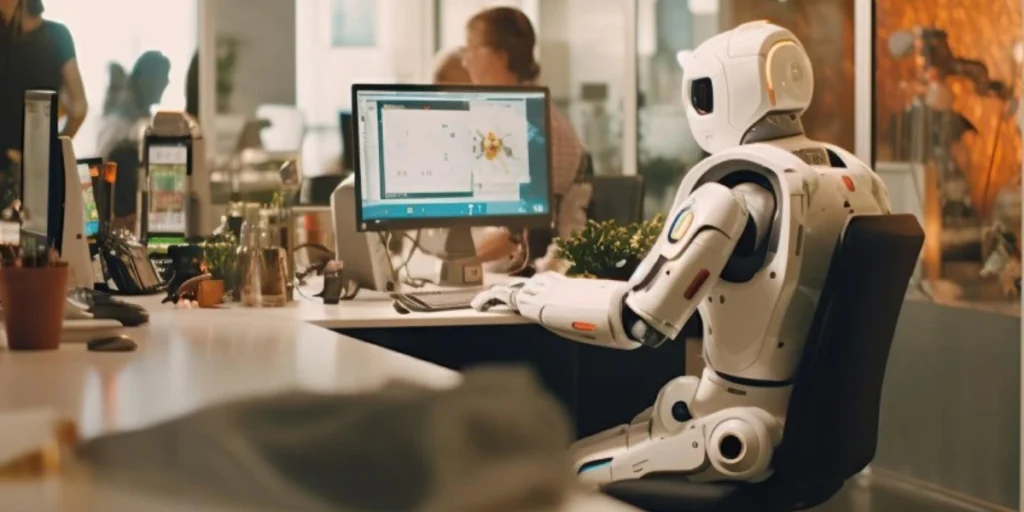
- Massive Scale: Users send 2.5 billion messages daily, with usage growing fivefold in a year. AI adoption is one of the fastest in tech history.
- Practical Uses: People use ChatGPT for writing (28.1%), seeking information (18.3%), learning (10.2%), and how-to guidance (8.5%). Only 4.2% use it for coding, and 1.9% for therapy.
- Replacing Old Tools: ChatGPT acts as a search engine, tutorial platform, and writing assistant, with 49% of interactions focused on guidance.
- Global Reach: Adoption grows fastest in low- and middle-income countries, four times faster than in high-income ones. The gender gap is closing, with female users rising from 37% to 52% in 18 months.
- Personal Over Work: 70% of usage is personal, helping users learn and make decisions, while 30% is work-related.
Also Read: ChatGPT Statistics: Amount of Users & Queries
MIT’s study adds a twist. Using ChatGPT reduces cognitive effort, with 83% of users forgetting what they wrote, 47% showing less brain activity, and 33% learning less. The fix? Start with your own ideas, then use AI at workplace to refine them. This preserves memory, creativity, and skills.
AI in workplace isn’t just about speed—it’s about smarter decisions and learning. ChatGPT is becoming a life companion, amplifying how we think and act. As AI adoption grows, it’s clear: those who collaborate with AI, not rely on it, will thrive in this AI-native future.
More News To Read: OpenAI Offers Free ChatGPT To Indian Schools Amid Costs
